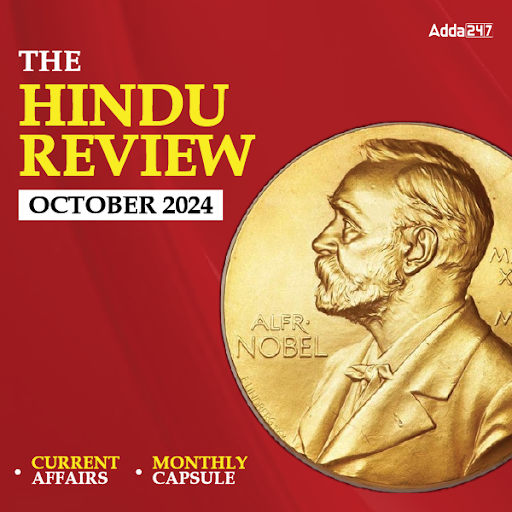Dear Readers,
The reasoning is a game of wits and presence of mind! Yes, it is true and it might seem as the greatest of the challenge after English Section’s surprises but yet this one can easily be dealt with. You just need correct practice and hardwire your brain to quickly make decisions about what to attempt and what to leave. And for same we are providing you questions of Reasoning Question and Answers. Solve these to Practice latest pattern reasoning question for bank exams.
Directions (1-5): Study the information and answer the given questions:
Eight persons A, B, C, D E, F, G and H are sitting on the line and all of them facing towards north direction but not necessarily in same order. All of them stay in different floors viz. 1st, 2nd, 3rd, 4th, 5th, 6th, 7th and 8th of a multi-storey building but not necessarily in same order.
The one who stays on 3rd floor sits second to right of one who stays on 2nd floor. C stays on 5th floor. A sits fourth to left of person who stays on 8th floor.D sits not adjacent to H. Neither A nor the person who stays on 8th floor sit on the extreme end of the line. B sits third to left of F. There is only one person sits between the G, who lives on 1st floor and the person who stays on 8th floor. There are two persons sit between G and the one who stays on 7th floor. H sits immediate left of one who stays on 7th floor. There are two persons sit between H and F , who stays on 6th floor.
Q1. E lives on which floor?
(a) 6th
(b) 2nd
(c) 7th
(d) 5th
(e) 3rd
Q2. How many persons sit between A and B?
(a) two
(b) One
(c) three
(d) four
(e) None of these
Q3. D lives on which of the following floor?
(a) 2nd
(b) 3rd
(c) 4th
(d) 8th
(e) 7th
Q4. Who among following sits immediate left of the person one who lives on 1st floor?
(a) A
(b) F
(c) D
(d) B
(e) None of these
Q5. Who among following sits third to right of A?
(a) H
(b) C
(c) F
(d) G
(e) E
Directions (6-10): In these questions, relationships between different elements are shown in the statements. These statements are followed by two conclusions. Give answer
(a) if only conclusion I follows
(b) if only conclusion II follows
(c) if either conclusion I or conclusion II follows
(d) if neither conclusion I nor conclusion II follows
(e) if both conclusions I and II follow
6. Statement: P ≥ S < L < U > X; L < V < W
Conclusions:
I. P > X
II. U< W
7. Statement: J = N < G < H; X ≥ J
Conclusions:
I. H > J
II. G < X
8. Statement: X > B > F > C; D > Y > C
Conclusions:
I. X>C
II. B <D
9. Statement: A≤ L ≤ P = K; W ≥ O ≥ K
Conclusions:
I. W>A
II. A = W
10. Statement: S< E< F < Z; M > F
Conclusions:
I. M ≤ Z
II. M > S
Directions (11-15): Study the following information carefully and answer the given questions:
In a certain code language
‘fly high in sky’ is written as ‘ ma aq tx sz’
‘man with high thought’ is written as ‘ lp pa ba ma’
‘sky with blue star’ is written as ‘ ba sz li zi’.
11. What is the code for ‘star’?
(a) ba
(b) sz
(c) li
(d) Either li or zi
(e) zi
12. ‘bird fly’ can be coded as?
(a) aq li
(b) tx fs
(c) aq ba
(d) tx li
(e) aq tx
13. What is the code for ‘with’?
(a) lp
(b) ma
(c) ba
(d) pa
(e) None of these
14. Which of the following is the code for ‘high’?
(a) tx
(b) aq
(c) sz
(d) ma
(e) None of these
15. If ‘blue eyes man’ is coded as ‘li zc pa’ than what may be the code for ‘girl eyes thought star’?
(a) ml zc pa zi
(b) aq zc lp zi
(c) ml zc lp zi
(d) ml zc lp tx
(e) ba zc lp zi
You May also like to Read:





 The Hindu Review October 2022: Download ...
The Hindu Review October 2022: Download ...
 RRB ALP City Intimation Slip 2024 Out, C...
RRB ALP City Intimation Slip 2024 Out, C...
 Union Bank Exam Date 2024, Check Online ...
Union Bank Exam Date 2024, Check Online ...




